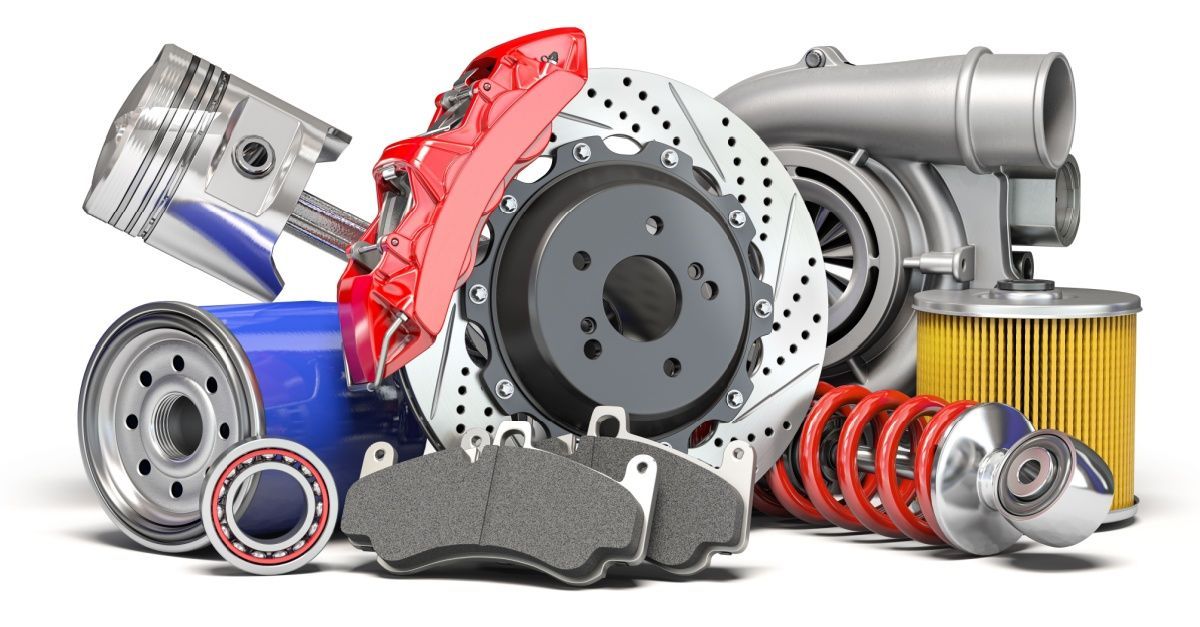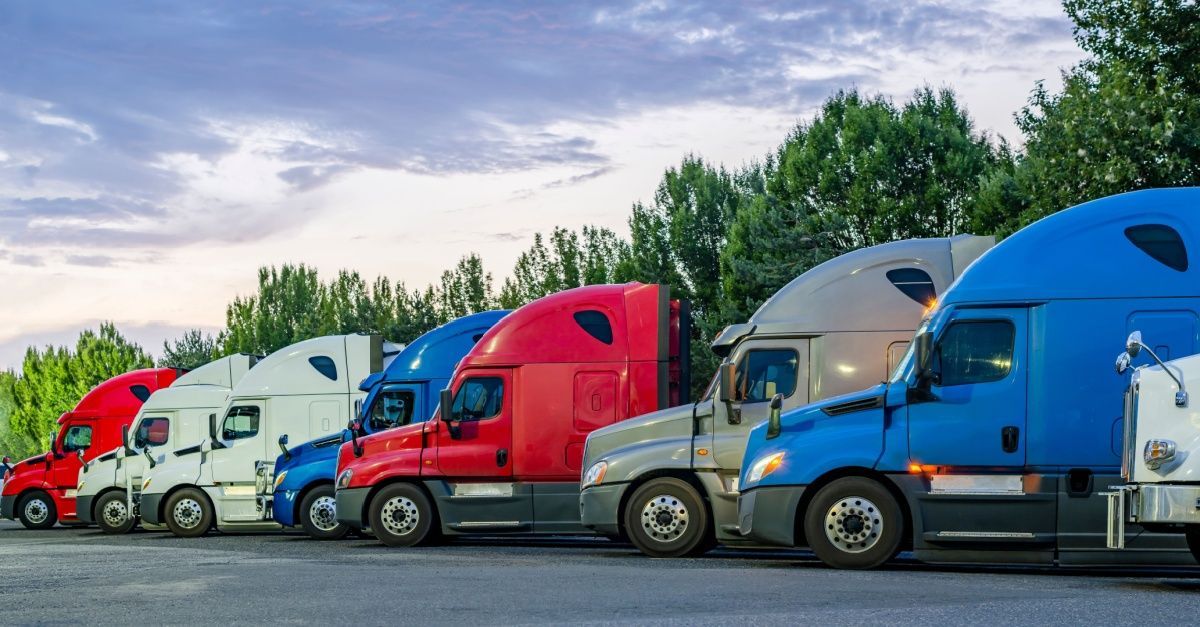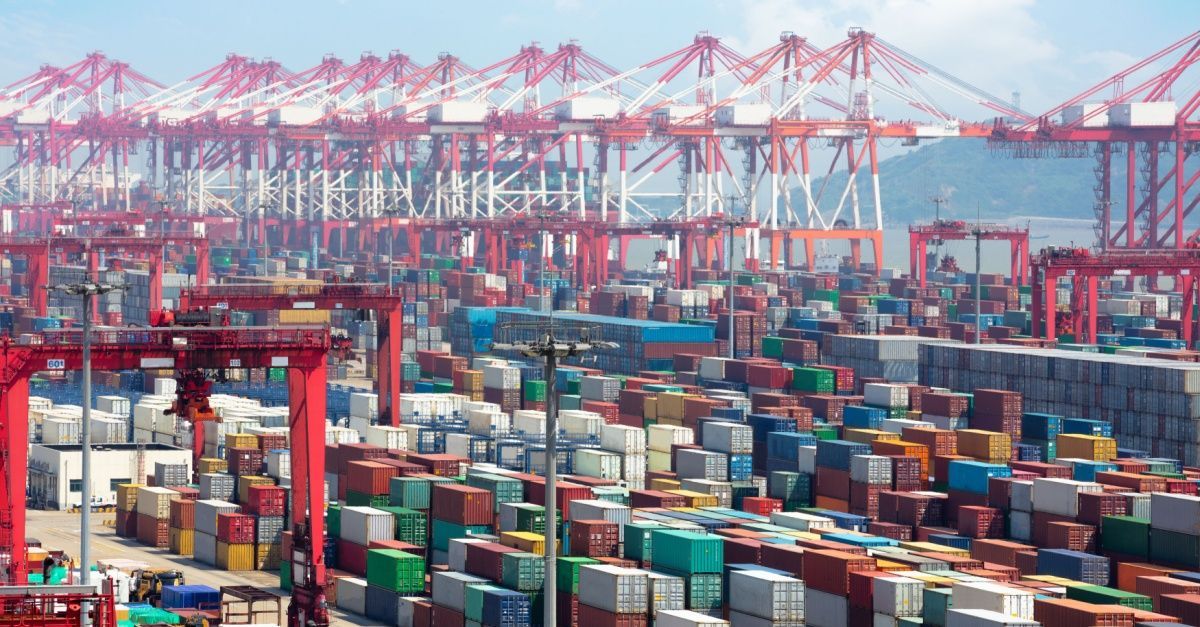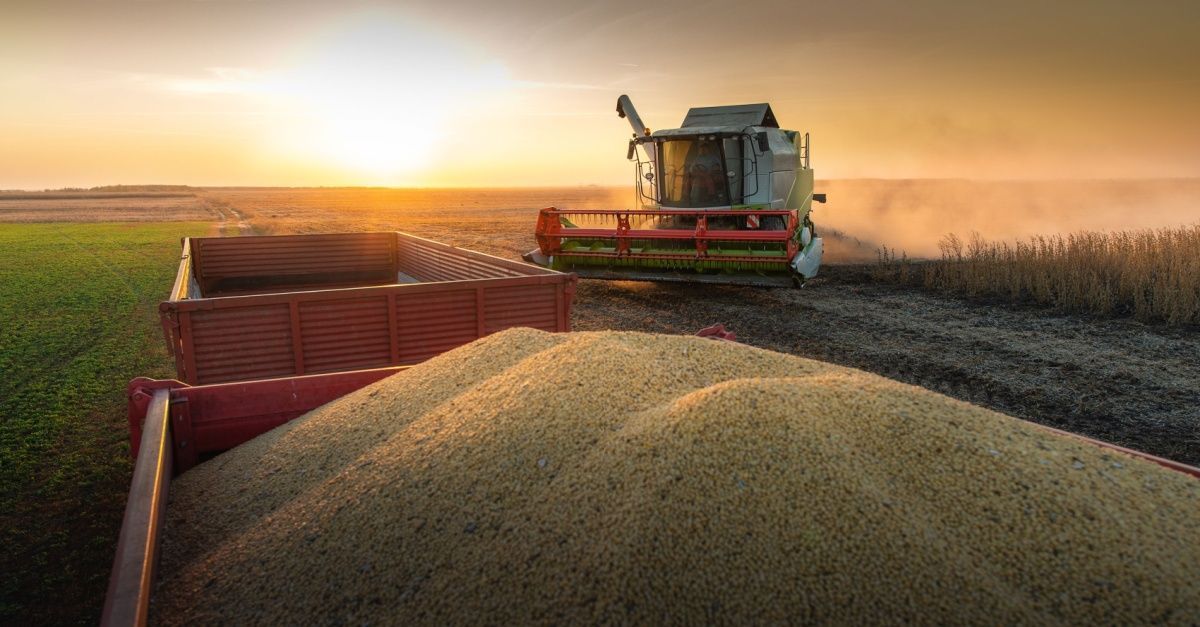5 Transportation of Perishable Goods Challenges & Solutions
Blog Post CTA
5 Transportation of Perishable Goods Challenges & Solutions
The proper transportation and equipment for perishable goods shipping can cut down on food waste and spoilage. Discussing further the impact reducing waste could have, QualityAssuranceMag states the following, “The report predicts that by reducing waste from 20% to 50% could save the industry between $120 billion to $300 billion. The US and Europe are responsible for approximately 60% of all food wasted with an average 21% of this waste arising from spoilage.” Solving the challenges surrounding perishable goods shipping will help make this change happen and save billions of dollars from less waste.
Challenge 1: Maintaining Temperature-Controls During Transit
When working with perishable goods shipping, it is essential to understand each item’s demands for transportation. Especially with perishables ranging from food service to pharmaceuticals, the proper resources are a must. The item will depend on the vehicle for transportation and the temperature the perishables need to stay usable.
Solution 1: Ensure the Right Equipment and Packaging
When transporting perishable produce, knowing all details for each product can determine how to prepare and ship in a manner that prevents spoilage. Transportation options can include a dry van, refrigerated freight, or a reefer if needed. Additionally, having the proper equipment prepared can alleviate the risk of delays throughout the supply chain to get the item to the final destination.
Challenge 2: Tracking Temperature While In-Transit
While moving the products, it can cause issues having to constantly stop and check the temperature of the perishables and the vehicle to make sure all is correct. Without the right technology and equipment for perishable goods shipping, the job is nearly impossible.
Solution 2: Leverage loT-Enabled Sensors to Create a Better Record
Technology advancements and sensors can help solve the issue of monitoring the temperature during perishable goods shipping. Utilizing loT-enabled sensors can provide reassurance the temperature remains where needed for the different perishables. Having this information accessible can eliminate the risk of not checking the temperature or causing a delay by having to stop and check.
Challenge 3: Get Perishables to the Destination on Time
Some disruptions can be taken into consideration when planning for perishable goods shipping. Disruptions that can cause delays in the supply chain include congestion, weather, or not having the proper equipment ready.
Solution 3: Work With an Expert in Moving All Types of Perishables, Including Good and Beverages
It is impossible to control all disruptions. For example, inclement weather, road construction or traffic congestion could cause a delay along transportation routes. However, working with an expert in moving produce, pharmaceuticals, and other perishable goods can provide the right technology and equipment to mitigate or avoid such hassles.
Challenge 4: Avoid Cross-Contamination of Goods
Cross-contamination can be fatal and cause serious health issues for transportation providers and the customers buying the products. Not having the products prepared properly for perishable goods shipping can cause contamination and the need to get rid of all the products.
Solution 4: Work With an Expert in Moving All Types of Perishables, Including Food and Beverages
The products must stay good and fresh for the final destination. Working with the right company can assist with this. Following the FDA regulations for transporting perishables and understanding how to load the pallets, wrap the products, and what materials to use when wrapping the products can make or break the transporting process.
Challenge 5: Keep Costs in Check
Costs can add up quickly when working with perishable goods shipping, mainly due to perishables needing prompt and efficient transportation. Without the proper technology and partner, tracking the data required to have data-driven insights toward cutting costs and improving cash flow is impossible.
Solution 5: Work With an Expert That Can Find the Best Rates Through a Reefer-Focused Network
Working with an expert can assist in finding the best rates for reefers and transportation for perishable goods shipping without losing quality. A reefer can provide a refrigerated trailer that can attach to a semi-truck. An expert can provide access to a reefer network to ensure the appropriate transportation is always available.
Improve Perishable Goods Shipping by Choosing Entourage
Without the proper equipment and partner, trying to accomplish successful perishable goods shipping can be nearly impossible. The best partner can help with the proper regulations, having the loT availability to monitor temperature, and having complete transparency and visibility to avoid delays. To gain those benefits and more through the best company for your perishable goods, contact Entourage Freight Solutions today.









